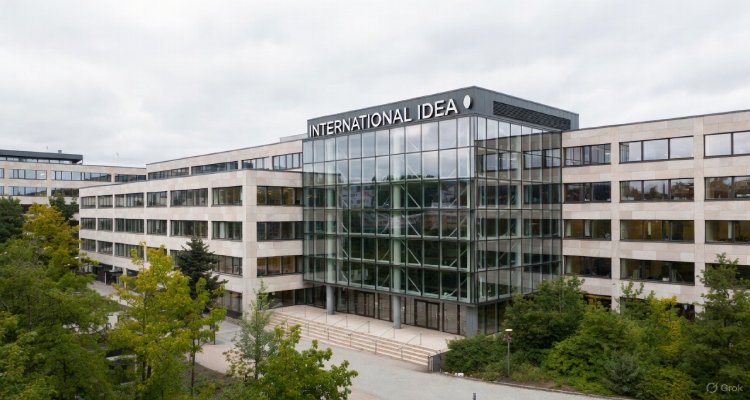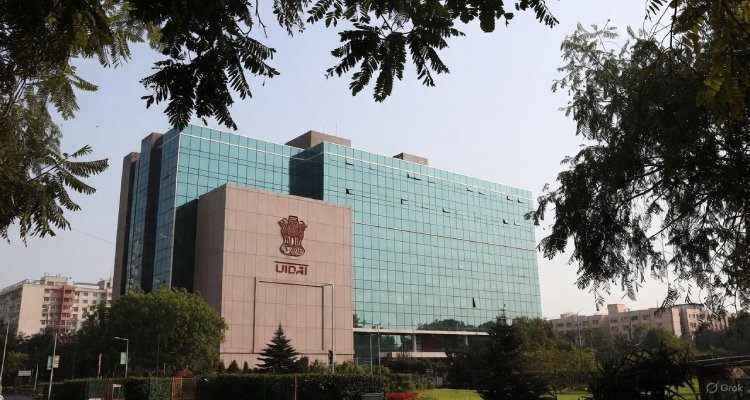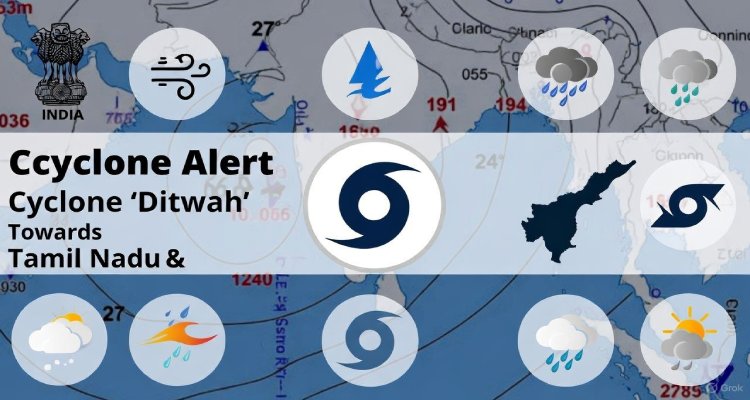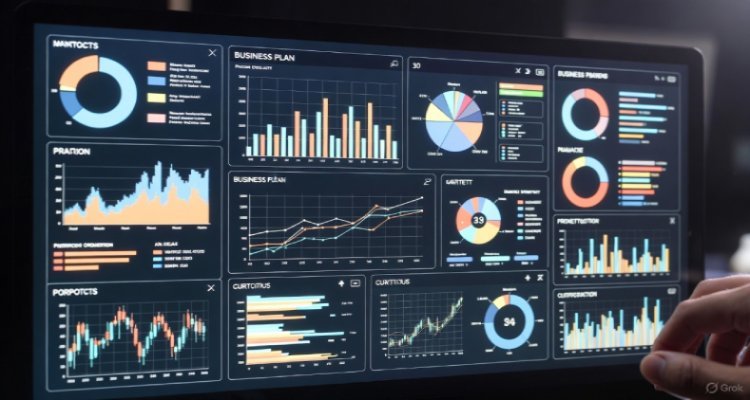Japan–U.S. Trade Pact Sets 15% Tariff Benchmark, Easing Global Jitters
Japan and the U.S. strike a pivotal trade agreement, setting a 15% tariff standard that could reshape global negotiations and calm economic uncertainty.
Introduction: A Turning Point in Global Trade
In a move that could shape the future of global trade policy, Japan and the United States have finalized a landmark trade agreement, establishing a 15% tariff ceiling on auto and other imports. This decision not only eases market anxieties but also creates a possible template for upcoming trade talks with other major economies, including China and the European Union.
Context & Background: From Uncertainty to Stability
Over the past few years, escalating tariff wars and unpredictable trade policies have rattled investors and disrupted global supply chains. The Trump administration’s aggressive trade stance, including the “Liberation Day” declaration on April 2, sent average U.S. tariffs skyrocketing from a pre-2024 average of just 2.5% to roughly 17%.
Japan’s new agreement with the U.S. lowers tariffs on vehicle imports from a combined rate of 27.5% to a more manageable 15%. Tariffs on other Japanese exports, previously set to climb to 25% on August 1, have also been capped at the same rate.
This shift marks the most substantial deal negotiated under the Trump administration thus far, setting a precedent that could influence ongoing talks with other economic powerhouses.
Main Developments: The 15% Tariff Benchmark
The deal between Tokyo and Washington encompasses not only reduced tariffs but also commitments for Japanese investments and loans into the U.S. economy.
For global economists, the 15% figure has become a focal point. While still a significant levy compared to historical norms, it offers a tolerable baseline that mitigates the worst effects of trade turbulence.
“It’s not ideal from a macroeconomic standpoint,” said Mohit Kumar, global strategist at Jefferies, “but the global economy can absorb a 15% tariff rate far better than the chaos caused by constant policy shifts.”
Kumar emphasized that although recent trade pacts suggest the average tariff may slightly exceed this level, a general stabilization around 15% would be a pragmatic outcome for most nations.
Expert Insight & Market Reaction: Relief and Realism
Global markets responded with a wave of optimism. Japan’s Nikkei index surged by 3.5%, while European auto stocks rallied sharply. Volvo Cars saw a gain of over 10%, with German automakers Porsche, BMW, Mercedes-Benz, and Volkswagen all advancing between 4% and 7%.
Derek Halpenny, head of global markets research at MUFG in London, said the 10–15% range is emerging as the new global standard for major economies, while smaller nations may face slightly higher rates.
“This agreement sends a strong signal that rational, workable trade arrangements are still possible,” added Deutsche Bank strategist Jim Reid. “It’s a breath of fresh air for investors who feared a sharp escalation on August 1.”
Still, Reid cautioned that tariff risks loom large for other regions, especially with proposed U.S. duties of 30% on EU goods, 35% on Canadian exports, and a hefty 50% on Brazilian products. “Experience tells us that these deals often go down to the wire,” he noted.
Broader Impacts: Inflation, Interest Rates & Diplomatic Stakes
Beyond market relief, the agreement also had a calming effect on U.S. inflation expectations. Long-term inflation forecasts dipped slightly, suggesting that trade clarity may ease pricing pressures. Analysts now see a slim chance of a rate cut by the U.S. Federal Reserve next week, though the first reduction is tentatively expected by October.
For the European Union, the pressure is intensifying. Trump’s threat of a 30% tariff by August 1 has triggered alarms across the bloc, which had initially aimed for a 10% cap. Without an agreement, the economic fallout could jeopardize a significant portion of transatlantic commerce.
Meanwhile, China faces its own high-stakes deadline. Without progress by August 12, punitive tariffs could snap back to 145% on U.S. imports and 125% on Chinese goods, reigniting one of the most volatile trade conflicts of recent years.
Asia’s Response: Ripple Effects and Race to Deal
Japan’s success is also pushing other Asian nations to accelerate negotiations. ING analysts noted that countries like the Philippines and Indonesia have already finalized agreements, and more deals are likely before the early August deadlines.
“The U.S.–Japan deal has upped the pressure on Asia’s key exporters,” the ING report stated. “No one wants to be left out or face extreme tariffs while others secure better terms.”
Conclusion: A Fragile But Forward Step
While the 15% tariff deal between Japan and the U.S. does not signal an end to global trade tensions, it provides a much-needed anchor in turbulent economic waters. It offers a model for compromise and shows that strategic diplomacy can still guide trade policy, even in an era of brinkmanship and unpredictability.
The question now is whether other major players—especially the EU and China—can follow suit in time to prevent a fresh wave of economic disruption.
Source: (Reuters)
⚠️ (Disclaimer: This article is based on the latest available economic data and official trade announcements as of July 2025. All quotes have been rephrased for clarity and attribution. For updated developments, consult relevant government and financial sources.)
Also Read: China’s $170B Hydropower Gamble: Power Surge or Regional Risk?











